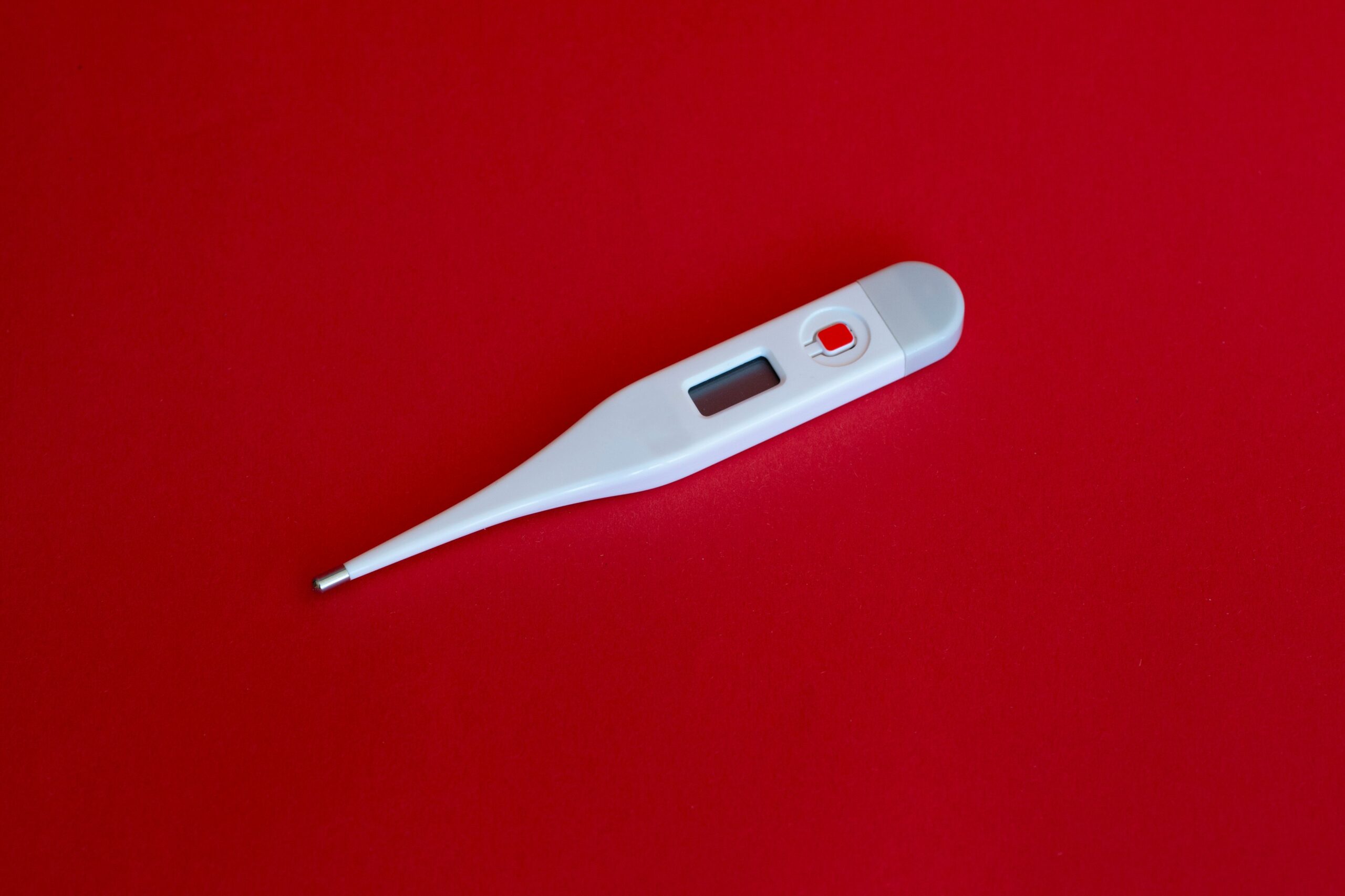Hyperhidrosis, also known as excessive sweating, is a condition that affects millions of people worldwide. It can cause significant discomfort and embarrassment, impacting both personal and professional lives. Fortunately, there are various medical treatments available to manage and alleviate the symptoms of hyperhidrosis. In this article, we will explore some of the most common and effective treatment options.
1. Antiperspirants
Antiperspirants are the first line of defense for managing excessive sweating. They work by blocking sweat ducts and reducing the amount of sweat produced. Over-the-counter antiperspirants containing aluminum chloride are readily available and can be effective for mild cases. However, for more severe hyperhidrosis, prescription-strength antiperspirants may be necessary.
2. Prescription Medications
In cases where antiperspirants alone are not sufficient, doctors may prescribe medications to help manage hyperhidrosis. One such medication is anticholinergics, which work by blocking the neurotransmitter acetylcholine, thereby reducing sweat production. These medications may have side effects, such as dry mouth and blurred vision, so they should be used under medical supervision.
3. Botox Injections
Botox injections, commonly known for their cosmetic use, can also be an effective treatment for hyperhidrosis. When injected into the affected area, Botox blocks the release of a chemical that signals the sweat glands to produce sweat. The effects of Botox injections typically last for several months, providing relief from excessive sweating.
4. Iontophoresis
Iontophoresis is a treatment that involves passing a mild electrical current through water or a wet pad. The affected areas, usually the hands or feet, are immersed in the water or placed on the wet pad. The electrical current helps to temporarily block the sweat glands, reducing sweating. Regular sessions are required initially, followed by maintenance treatments to manage the symptoms.
5. Laser Therapy
Laser therapy, specifically laser ablation, is a minimally invasive procedure that targets and destroys the sweat glands. This treatment option is generally reserved for severe cases of hyperhidrosis that have not responded to other treatments. Laser therapy offers long-lasting results, but it may require multiple sessions to achieve the desired outcome.
6. Surgical Interventions
In extreme cases of hyperhidrosis, when all other treatments have failed, surgical interventions may be considered. One such procedure is called sympathectomy, where the nerves responsible for triggering sweat production are surgically interrupted. This procedure is typically reserved for severe cases of palmar hyperhidrosis (excessive sweating of the hands).
It is important to note that while these medical treatments can effectively manage hyperhidrosis, they may not provide a permanent cure. The choice of treatment will depend on the severity of the condition, the affected areas, and the individual’s preferences.
Conclusion
Excessive sweating can significantly impact a person’s quality of life, but there are various medical treatments available to manage and alleviate the symptoms of hyperhidrosis. From antiperspirants and prescription medications to Botox injections and surgical interventions, individuals can find relief and regain confidence. Consultation with a healthcare professional is essential to determine the most suitable treatment option for each individual case.


